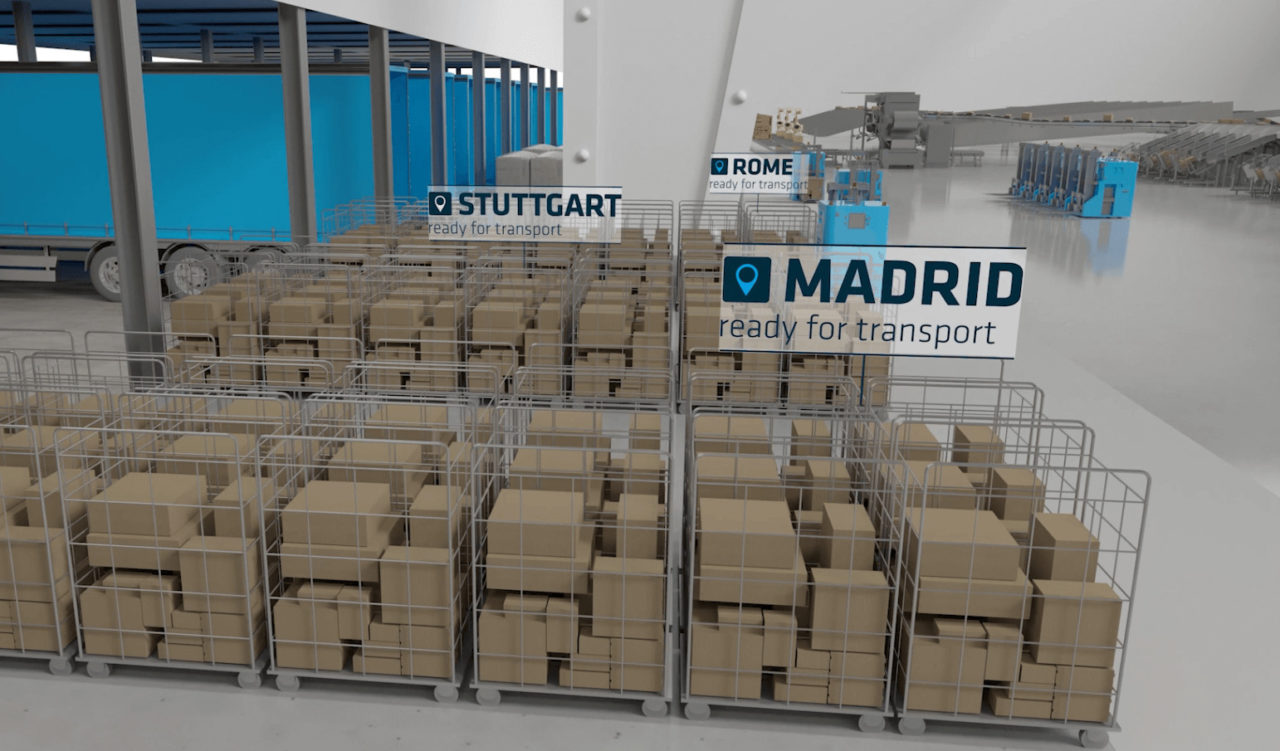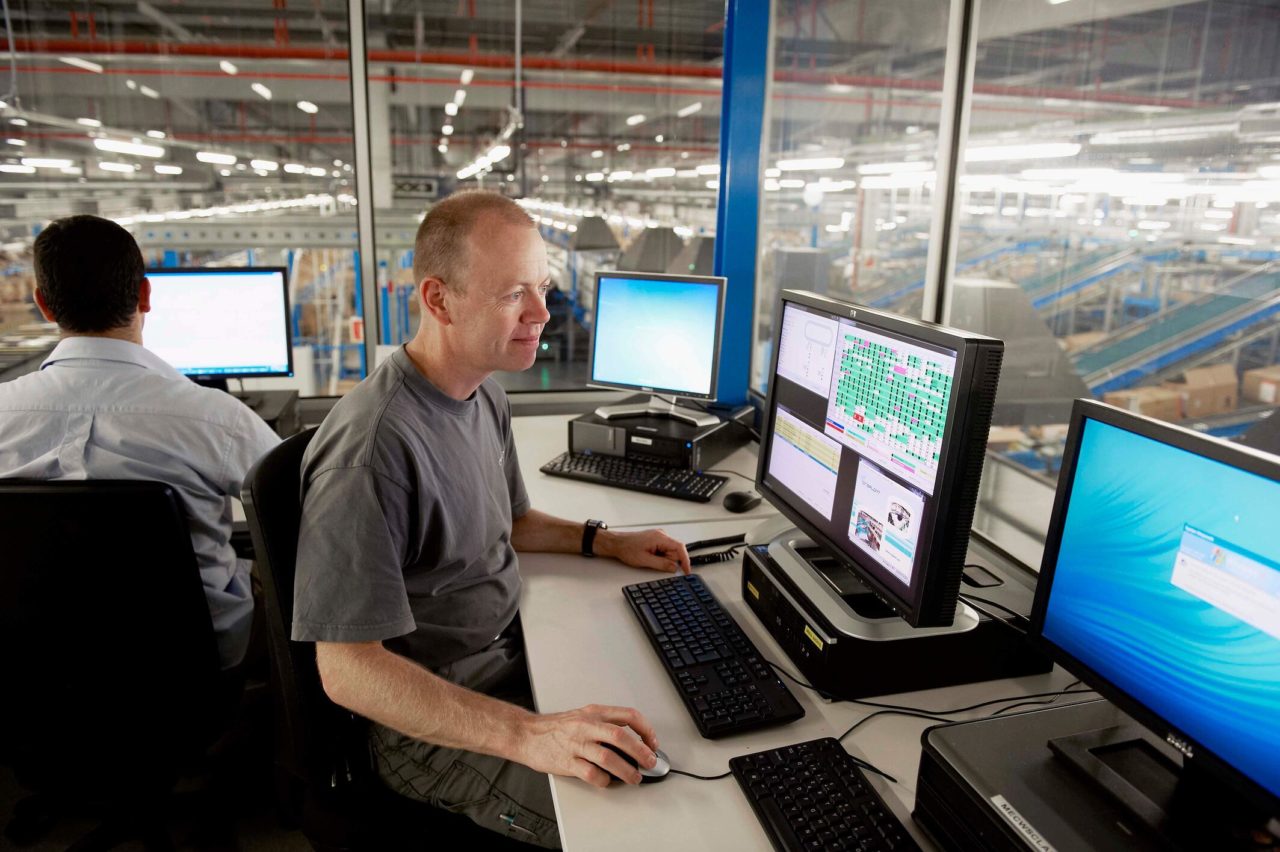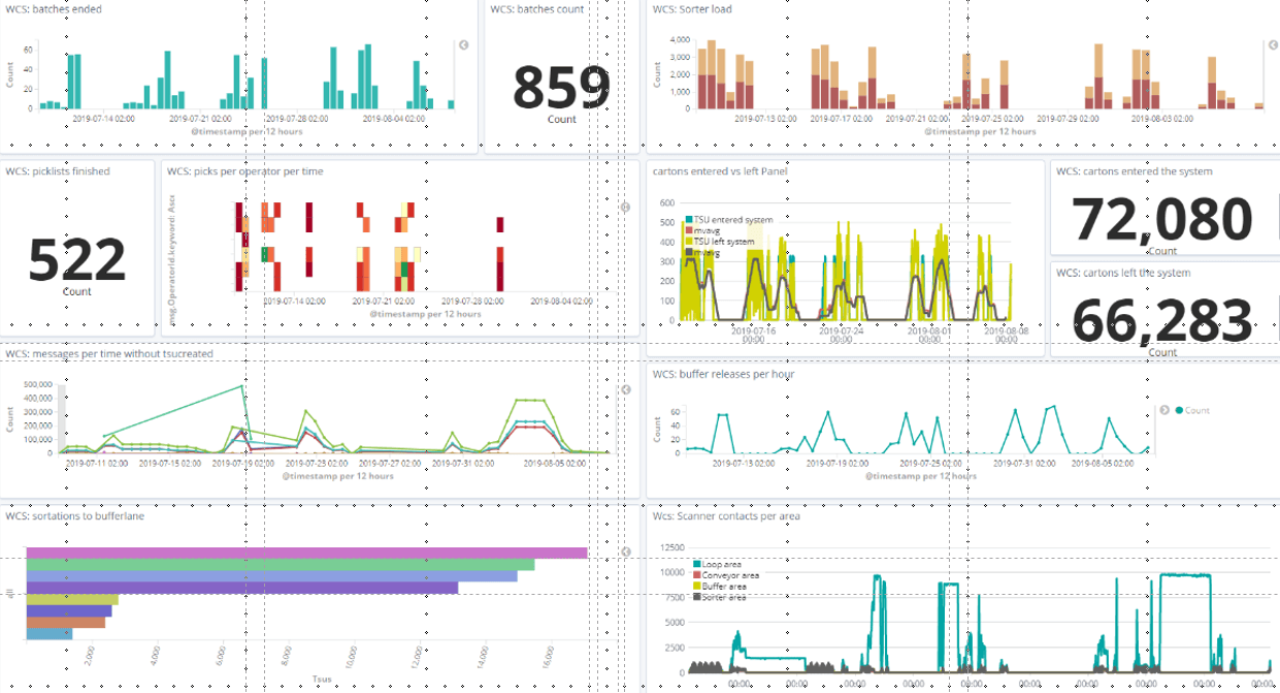As such, the benefits of open software in a fashion fulfilment centre’s WCS become readily apparent – the software never becomes outdated and unusable; it remains relevant and young.
- Relevant: Through its flexible and dynamic software structure that supports open integration with well-defined interfaces, the WCS can continue to stay relevant to fashion fulfilment operations. Open integration allows for the future integration of new software, including software from third party suppliers – which is critical to avoid becoming dependent on the vendor.
- Young: Open software systems use the practice of ‘continuous delivery’, whereby software is developed in short cycles, released with greater speed and frequency. This allows for easy and reliable upgrades of software, new features, enhancement and updates.
Open software structure for a fashion distribution centre’s WCS ensures that the most relevant and latest version of the software can be installed without the disadvantage of having to upgrade the entire WCS software – only certain services will be involved in the upgrade.
Integrating older systems with modern open software WCS
Many fashion fulfilment centres with older systems may well feel the impetus to change their entire software ecosystems to meet the changing purchasing behaviour of their customers and the need for omnichannel distribution. At the same time, however, they may have software libraries that are not communicating in a modern way but can’t be changed quickly.
Fortunately, given the modular, multi-layered design of open software systems, these fulfilment houses do not need to embark on complete software overhauls all at once. In fact, with open software it is possible to update older systems, step by step, without disturbing old functionalities. This is good news for the fulfilment centre that would rather implement incremental changes with limited functionality that can be tested and proven along the way, before pursuing more changes.








